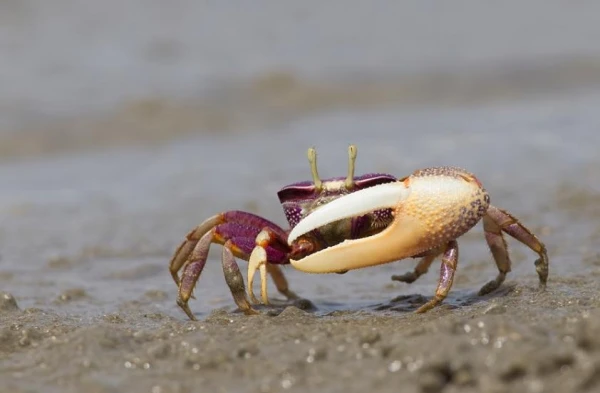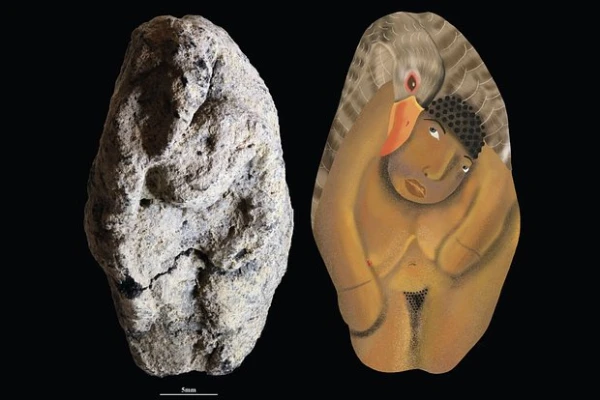
Although crayfish do not whistle, they can produce sounds.
The Russian proverb implies the complete impossibility of any event. The creators of this phrase were convinced that crayfish — inhabitants of the riverbed — would never leave their habitat, would not come ashore, and, moreover, would not start to whistle. Modern science confirms this: river crayfish indeed cannot do such things.
However, if we pay attention to other representatives of crustaceans, we can discover amazing vocal abilities. Of the approximately 40,000 known species of crustaceans, not all are strictly tied to the aquatic environment, and some of them can produce sounds.
The most well-known among them are fiddler crabs, or calling crabs, which inhabit the intertidal zone of tropical seas and can stay on land for long periods. Although they cannot whistle, as lungs are needed for that, crabs breathe through gills when they come ashore, just like their aquatic relatives. Nevertheless, they have learned to communicate using sound by tapping their claws on the ground to warn their colony of danger.
Snapping shrimp, which inhabit shallow waters, can produce clicking sounds with their claws. This is not just a tap: when a shrimp strikes a stationary object with the “movable” finger of its claw, a cavitation effect occurs, where a sharp drop in pressure in the liquid leads to the formation of gas bubbles, accompanied by a loud sound.
Many species of lobsters — large marine crustaceans without claws — can also produce crackling and grinding sounds. They create sounds differently, as if playing a string instrument. At the base of the antennae of lobsters, there is a ridge that acts as a bow, allowing the lobster to rub against the “file” on its head at a high frequency. The pitch and volume of the sound can vary depending on the pressure applied by the bow.
For whom this “music” is intended is not exactly known. It is likely that lobsters use sounds to deter predators, as they most often produce them in moments of fear. Although this is not proven, it cannot be ruled out that they communicate with their relatives in this way.
Nevertheless, the organs for perceiving sound vibrations in crustaceans are quite imperfect: they are bristles scattered throughout the body. It is hard to imagine that they can capture subtle differences in pitch and amplitude of sound, but perhaps they are capable of determining the source of sound. In the USA, a method has even been developed for catching commercial crayfish based on attracting them using the transmission of sounds made by their relatives while eating.













